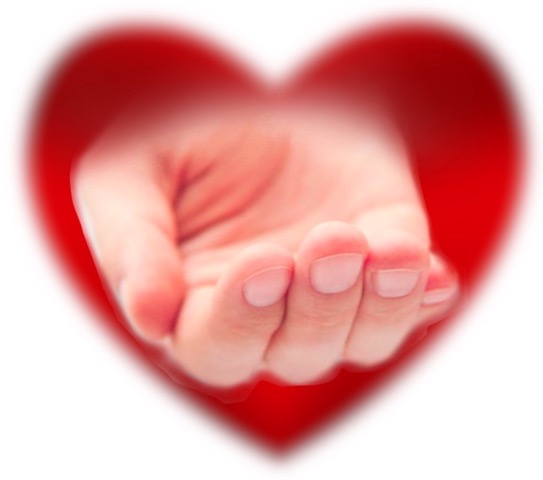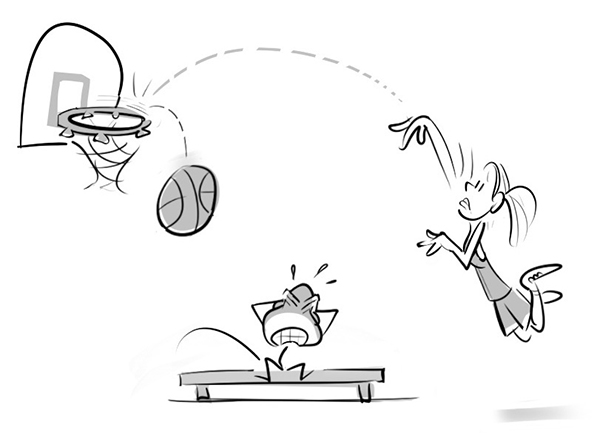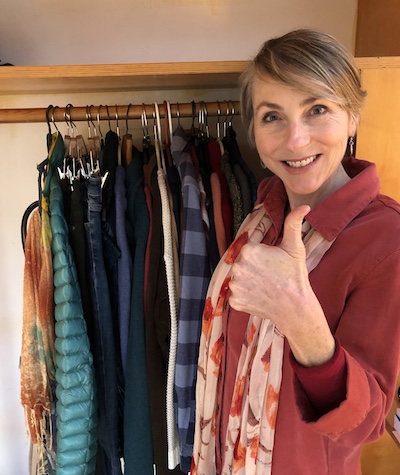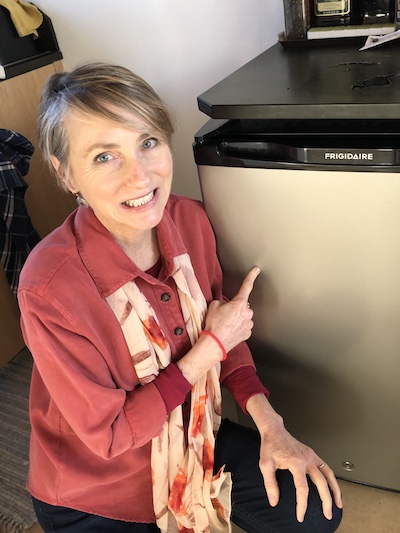
And I thought vacations were supposed to be relaxing…
I met my oldest son on Oahu for a mother-son vacation. I looked forward to quality time with him, relaxing, and getting out of my usual work routine. I forgot that vacations can be stressful!
We both love to snorkel, and I wanted to take him to a world-class snorkeling spot at Hanauma Bay that required making a reservation two days in advance for specific times of the day. I logged onto the online reservation service exactly when it opened at 7 A.M. and picked an available time, but when I tried to pay, all the spots were already sold out! I started over and went through all the steps with the same result. After multiple tries, sweaty palms, and heart beating hard, we finally got a slot! Whew!
We were warned that we would only be allowed in if we were on time for our reservation, so we made sure to get there early when the day arrived. But the parking lot was full, and there was nowhere else to park. So, we drove to a nearby shopping mall and called a Lyft. It seemed to my son was taking his sweet time as we walked to the ride-share pickup spot. The clock was ticking! Would we miss our reservation?
Fortunately, I had made an intention at the beginning of the vacation to practice ‘sweating the small stuff’ whenever things got difficult. What I mean by this is minor stressors happen constantly, and they are opportunities to practice our skills. Working with or ‘sweating’ the small stuff is where significant transformation happens. One of the ways I ‘sweat it out’ is to ask myself what is within my control and what is not.
Not in my control:
The reservations system
Parking availability
Within my control:
My attitude and behavior. I could:
- Breathe
- Ask myself, “How important is this?”
- Be willing to let go of the outcome of snorkeling in Hanauma Bay
After doing what was within my control, while I wasn’t in a deep chill vacation mode of relaxation, I was fully present. I gave myself a pat on the back. I am a work in progress, and whether at home, work, or on vacation, I know that life will always provide me with more opportunities to practice sweating the small stuff. Then, hopefully, when the big stuff comes along, I’ll be ready!
Do you have examples of using stress as an opportunity? If so, post them in the comments. We can all learn from each other.






Recent Comments